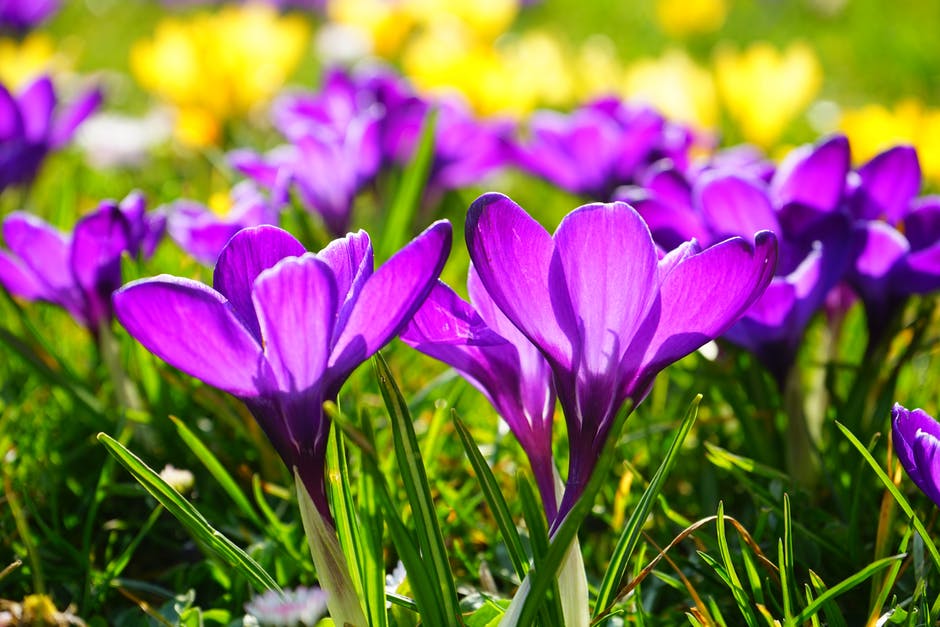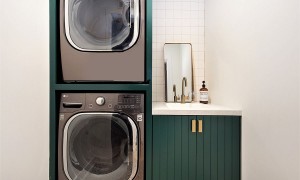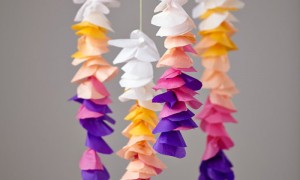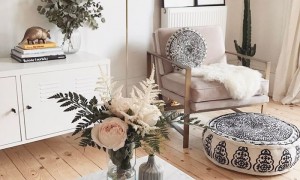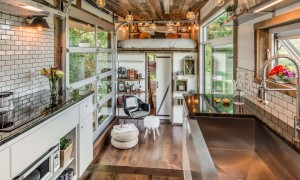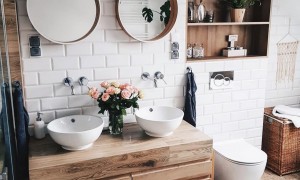Along with being an enjoyable pastime, gardening comes with a wealth of health benefits. First of all, did you know that spending just a few minutes a day in the sunshine and fresh air can do wonders for your well-being? It also provides a sense of empowerment, improves memory, and is excellent exercise.
If you’re interested in reaping the benefits of gardening but aren’t sure where to start with your outdoor space, what you need is a gardening checklist. And you’re in luck – because we’re here to give you one!
To learn everything you need to know to design and build the beautiful garden you’ve always wanted, just keep reading.
Make a Plan
The key to beautiful landscaping is to never jump headfirst into planting. First, you must take the time to make a detailed plan.
Sit down with a notebook (or your notes app) and begin to map out the specifics of your yard. Where will the garden go? Which garden zone does the area fall into? When was the last frost date?
You should then make a list of the plants you’re interested in growing. Be sure that each one fits into your particular garden zone before you make any purchases. Planting a full sun plant in a shaded area, for example, is a waste of both time and money.
Are there any building projects you’d like to add to your garden space? Write those down as well. This could be a greenhouse, a storage shed, a fence, or a raised bed, anything that requires a bit of elbow grease.
If you have a creative streak, it’s helpful to make a rough drawing of your garden and sketch out where you want each plant, flower, pathway, and building project to be.
Gather Supplies
Using the lists you made in the previous step, it’s time to gather your gardening supplies. Stock up on any seeds and transplants you need by visiting plant nurseries or shopping online. You’ll also need compost and mulch.
Pro tip: consider making your own compost with leftover produce and other food products. This not only reduces waste and improves your garden, but is an excellent practice for those looking for affordable gardening options.
If you’re serious about gardening, get a soil test from an accredited lab. This will give you a full breakdown of what your soil needs, allowing you to create or purchase the most effective compost possible.
While we’re talking supplies, don’t forget to survey your gardening tools and equipment and fill in any gaps. The supplies you need will depend on the specific projects you intend to tackle, but a few must-haves include:
- Garden hose
- Wheelbarrow
- Lawnmower
- Gardening gloves
- Hand trowel
- Shovel
- Rake
- Pruners
Clean Up Your Space
Depending on the current state of your yard, this could be the most difficult and time-consuming part of the process, but it’s essential that you complete it.
The good news is, if you keep up with the best landscaping practices, you’ll only have to do the really tough job once. From then on, it’s just maintenance.
Clear out any leaves and debris leftover from the winter (or past years), then trim the grass. Within your garden area, pull the weeds, taking care to remove them at the root. Once everything is clear, clean off your pathways and other hardscaped areas with a blower.
At this point, go ahead and edge the beds if you’re building them, add your compost to the garden soil with mulch on top, and install any stakes or trellis that you need to support your chosen plants.
Start Planting and Other Projects
You have your plan and your space is clean and ready for decorating – it’s time to start planting! There’s no specific order in which you have to do things unless your design includes layered beds.
In this case, always start with the layer farthest from you. The goal is to minimize the risk of trampling your newly planted flowers and greenery. With that in mind, if you want to add a birdbath or fountain to your flower beds, install these items before your plants.
Finish With Pest Control
Though birds, bees, and butterflies should always be welcome in your garden, there are certain critters that will cause far more harm than good. And because they begin to look for food sources shortly after the weather starts to warm up, it’s best to apply pest control as soon as possible after planting.
If you’re uncomfortable with using synthetic pest treatment options, you’re not alone! There are plenty of natural, chemical-free treatments that work just as well.
The first option is to spritz your garden with dish soap and warm water. Planting herbs that deter bad garden bugs, such as parsley, thyme, or sage is also highly effective. And for a natural insecticide, create your own garlic spray to rid your garden of egg-laying pests.
Design a Gorgeous Outdoor Space With This Gardening Checklist
Even the keenest gardeners can become overwhelmed at the blank slate of a new gardening project. Because of this, it’s crucial to have a gardening checklist if you want to get the most out of your outdoor space.
By using this guide, you’ll find that planning your garden is a breeze (though we can’t promise the same for the planting part). That said, all your hard work will pay off when you have a gorgeous landscape to welcome you each time you step into your yard.
Looking for more tips for bringing the garden of your dreams to life? Be sure to check out our blog!

